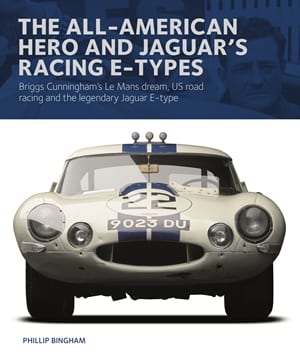Description
The story of the Lotus marque encompasses ongoing technical innovation on road and track, from the Mark 1 in 1948 to the World’s most powerful electric hypercar – the Evija – in 2021.
Founded in 1952 from Colin Chapman’s hobby, Lotus flourished by producing aerodynamically brilliant lightweight sports-racing cars, progressing into Formula 1 in 1958.
Jim Clark and Team Lotus won the 1963 and 1965 F1 World Championships for Drivers and Constructors, as well as the Indianapolis 500. Jochen Rindt won the 1970 World Championship posthumously for Gold Leaf Team Lotus, and in 1972, Emerson Fittipaldi was F1 World Champion driving the JPS Type 72, with the Team winning the Constructors’ prize in 1972 and 1973. Mario Andretti won the F1 World Championship for JPS Team Lotus in 1978 but, surprisingly, this proved to be their last of seven F1 World Championship wins.
On the road, the Elite showcased the brand from 1957.
Next, the Elan was a fine-handling fibreglass-bodied sports car, while the Seven provided exhilarating motoring for DIY enthusiasts. The 1963 Lotus Cortina was a fast road car and a success on track. The Elan Plus 2 was built alongside the Elan two-seater and Europa, and in 1974 the road car range went upmarket, powered by Lotus’s own engines, with the Elite Mk 2 and Éclat, and the mid-engined Esprit produced between 1976 and 2004.
Tragedy struck with the sudden death of Colin Chapman in December 1982, aged 54. General Motors acquired Group Lotus in 1986, selling up to Romano Artioli’s Bugatti in 1993, enabling the ground-breaking Elise to launch in 1996. Ownership of Group Lotus passed to Malaysian car maker Proton, and in 2000, the Series 2 Elise and the Exige were released, maturing gradually over the next twenty years. The Toyota V6-powered Evora was announced in 2006.
In 2017, Group Lotus was acquired by the global automotive company Geely, ushering in a fresh, financially secure era. Launched in 2020, the 2,000bhp all-electric Evija became the new Lotus flagship. Lotus blossoms anew.




